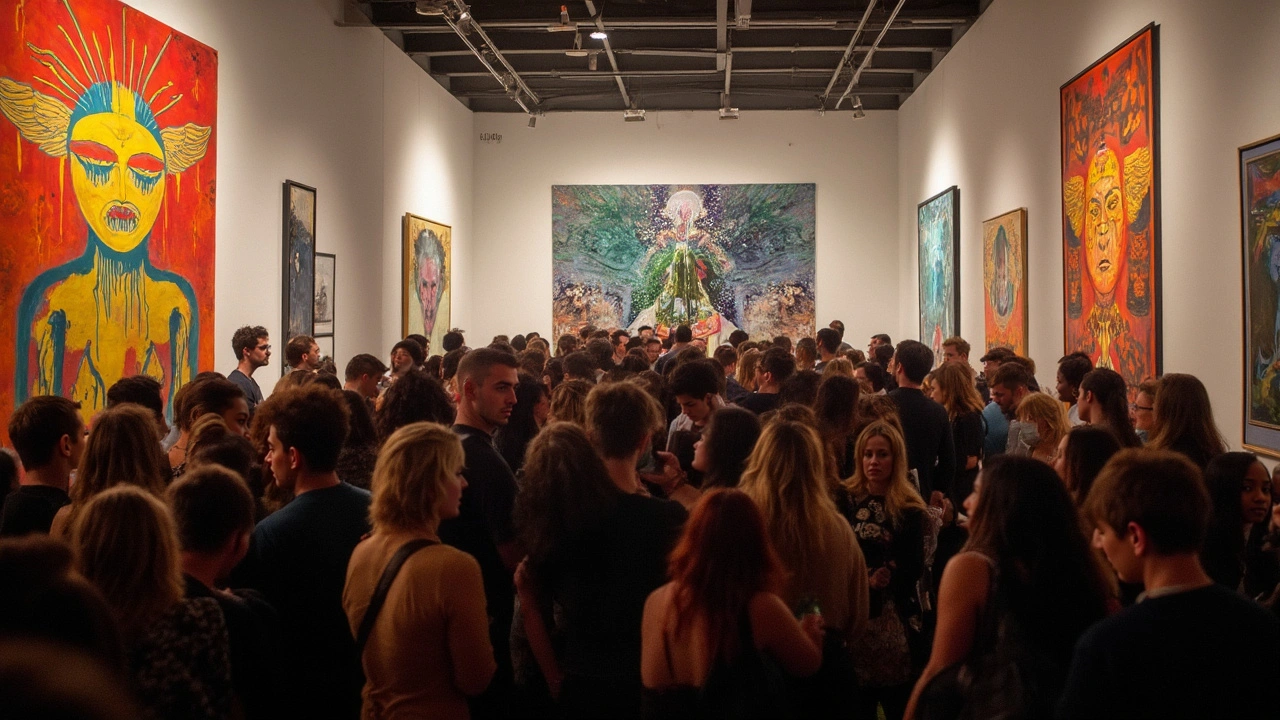Art Disruption: How Rule-Breaking Art Changes What You See
When artists rip up the rulebook, the results can shock, inspire, or change how we live. Art disruption is simply art that refuses the usual—new materials, unexpected places, or fresh ways to involve people. It’s not just about looking different; it shifts how we think about art, design, or even a city street.
How art disruption works
Disruptive art starts by changing one basic thing: medium, scale, audience role, or context. Fluxus used everyday objects and short performances to collapse the gap between life and art. Bauhaus mixed craft and fine art so buildings and furniture looked and worked differently. Land art moved sculpture into landscapes, turning fields and deserts into gallery space. Photorealism pushed technique so far it challenged photography itself. Installation art makes viewers part of the work. Futurism celebrated speed and tech, nudging design toward the future. Each example shows a clear move: take something familiar and alter its rules.
How can you spot disruption in a piece quickly? Ask: Does it use a material or place you wouldn’t expect? Does it change how you participate—are you watching or doing? Does it force a social or political question? Is scale used to shock or invite? If the answer is yes, you’re likely looking at disruptive art.
Use disruptive ideas in your own projects or space
You don’t need a gallery budget to borrow disruptive moves. Start small and pick one rule to break. Swap materials: try found objects in a wall piece like Fluxus, or use industrial metal in a home sculpture. Change scale: a tiny drawing blown up to cover a wall makes normal imagery feel strange. Mix functions: design a lamp that also acts as a speaker or a bookshelf that becomes seating. Make a public gesture: a pop-up artwork in a park can shift how neighbors use the space, echoing Land Art’s site-specific thinking.
Practical steps: limit your rules first. Pick one constraint—time, color, or size—and design inside that limit. Invite others to interact: leave instructions for a viewer action or create a piece that changes when people touch it. Use tech sparingly—projected images or simple sensors can add a layer without stealing focus. Test in one place, watch how people respond, then tweak.
Want examples to study? Read posts on Fluxus and how it reshaped contemporary art, explore Bauhaus pieces that changed design, check Land Art’s effect on urban spaces, or dive into installation art to learn immersive techniques. Paul Artistry collects these stories so you can see how rule-breaking moves from idea to real change. Try one disruptive tweak this week and notice how it changes what people see and feel.

